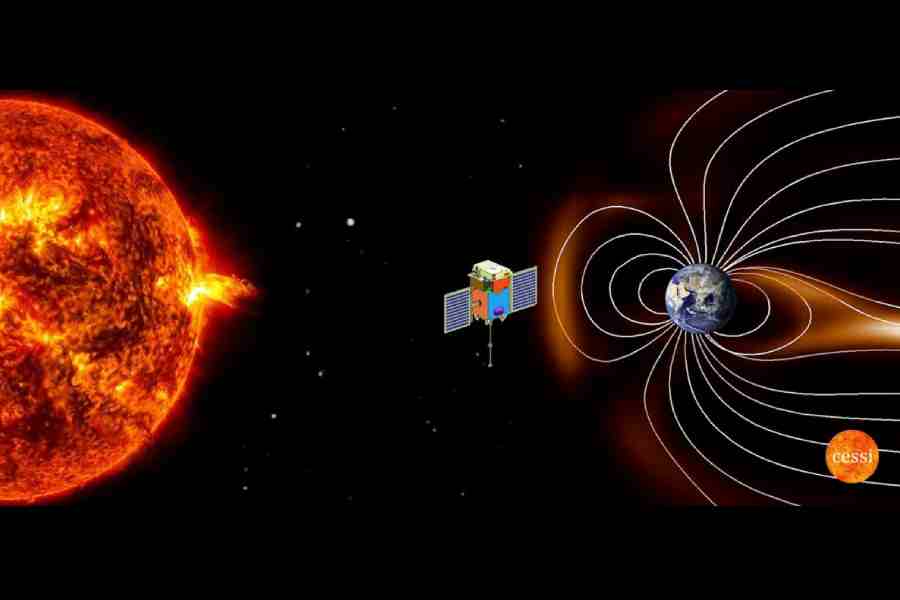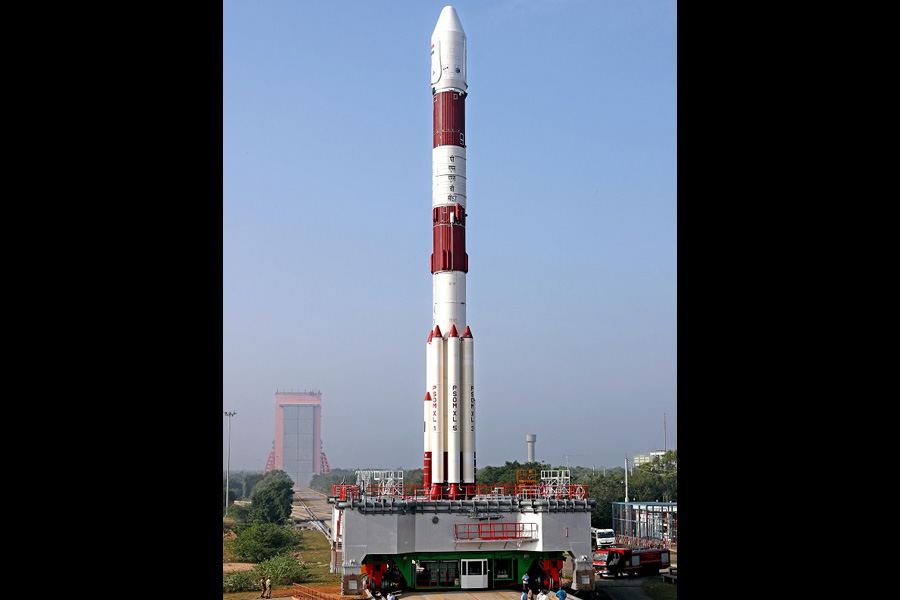India is set to launch a space-based solar observatory to probe unresolved mysteries about the sun and generate space weather alerts for Earth about potentially adverse events triggered by solar magnetic storms.
“The launch of Aditya-L1, the first space-based Indian observatory to study the sun, is scheduled for September 2,” the Indian Space Research Organisation (Isro) announced on Monday. The spacecraft built by Isro will carry seven scientific instruments for solar observations.
The Aditya-L1 spacecraft is intended to be placed in a halo orbit around the
so-called Lagrange point 1 (L1) about 1.5 million km from the Earth. A satellite placed in this orbit can continuously view the sun without any eclipses, the L1 serving as a unique vantage point.
After launch, the spacecraft is expected to reach its intended orbital position in 127 days. The concept for an Indian space-based solar observatory first emerged in 2006 and Isro approved the project in 2009.
Isro’s Chandrayaan-3 spacecraft was primarily a technology demonstration mission to soft land on the moon and roll out the rover — with some science and discovery elements. In contrast, the Aditya-L1 mission is entirely science-driven, scientists associated with the Aditya-L1 project said.
The instruments aboard the spacecraft are designed to provide greater insights into the mechanisms underlying solar magnetic storms, solar flares, and why the corona — the sun’s atmosphere — is much hotter than the solar surface.
“Aditya-L1 will help address three big unresolved issues — the mechanisms underlying solar magnetic storms, the coronal heating problem, and how magnetic fields control the sun’s ultraviolet radiation that drives the Earth’s atmosphere,” said Dibyendu Nandi, a physicist at the Indian Institute of Science Education and Research (IISER), Calcutta.
“We have competing theories for storms and coronal heating. The data from Aditya-L1 will help us test the theories,” said Nandi, who chaired a panel of scientists on how Aditya-L1 could be used for space weather observations.
Astronomers determined decades ago that coronal heating was a puzzle. The hottest part of the sun is its deep interior where temperatures rise to millions of degrees and the temperatures reduce outward, falling to 6,000 degrees on the solar surface. But, surprisingly, the corona is a million degrees.
“We have three possible explanations — magnetic waves, magnetic reconnections, or plasma jets,” Nandi said. “All have been observed, but we don’t know which one contributes how much.”
Among the seven instruments aboard Aditya-L1, four will observe the sun while three will carry out “in-situ” measurements, meaning study the state of the space environment in the immediate vicinity of the spacecraft and correlate it with the sun’s activities.
Such measurements at the L1 point could be used to generate space weather alerts — about possible adverse events such as massive bursts of subatomic particles triggered by solar magnetic storms or other errant solar behaviour.
“Depending on the speed and direction of such solar ejections, an alert flagged by Aditya-L1 could give us up to 30 minutes warning about impacts that might hit Earth,” Nandi said. Such events have the potential to damage satellites in orbit around Earth. “A few tens of minutes might be sufficient time for evasive action such as switching critical systems off for some time,” he said.
Isro centres in Ahmedabad, Thiruvananthapuram, and Bangalore developed five of the seven scientific instruments on Aditya-L1, while two were made by the Indian Institute of Astrophysics, Bangalore, and the Inter-University Centre for Astronomy and Astrophysics, Pune.











